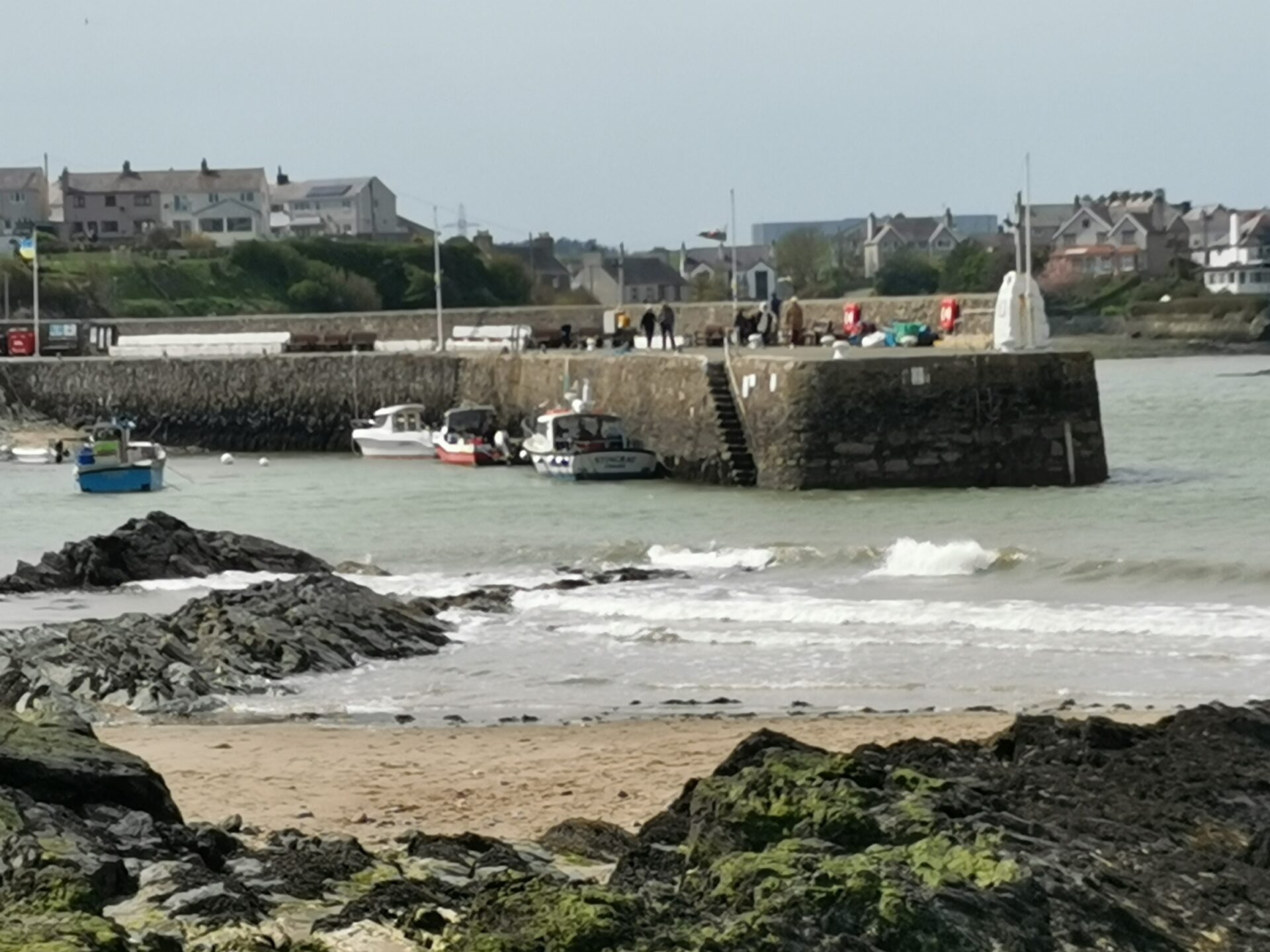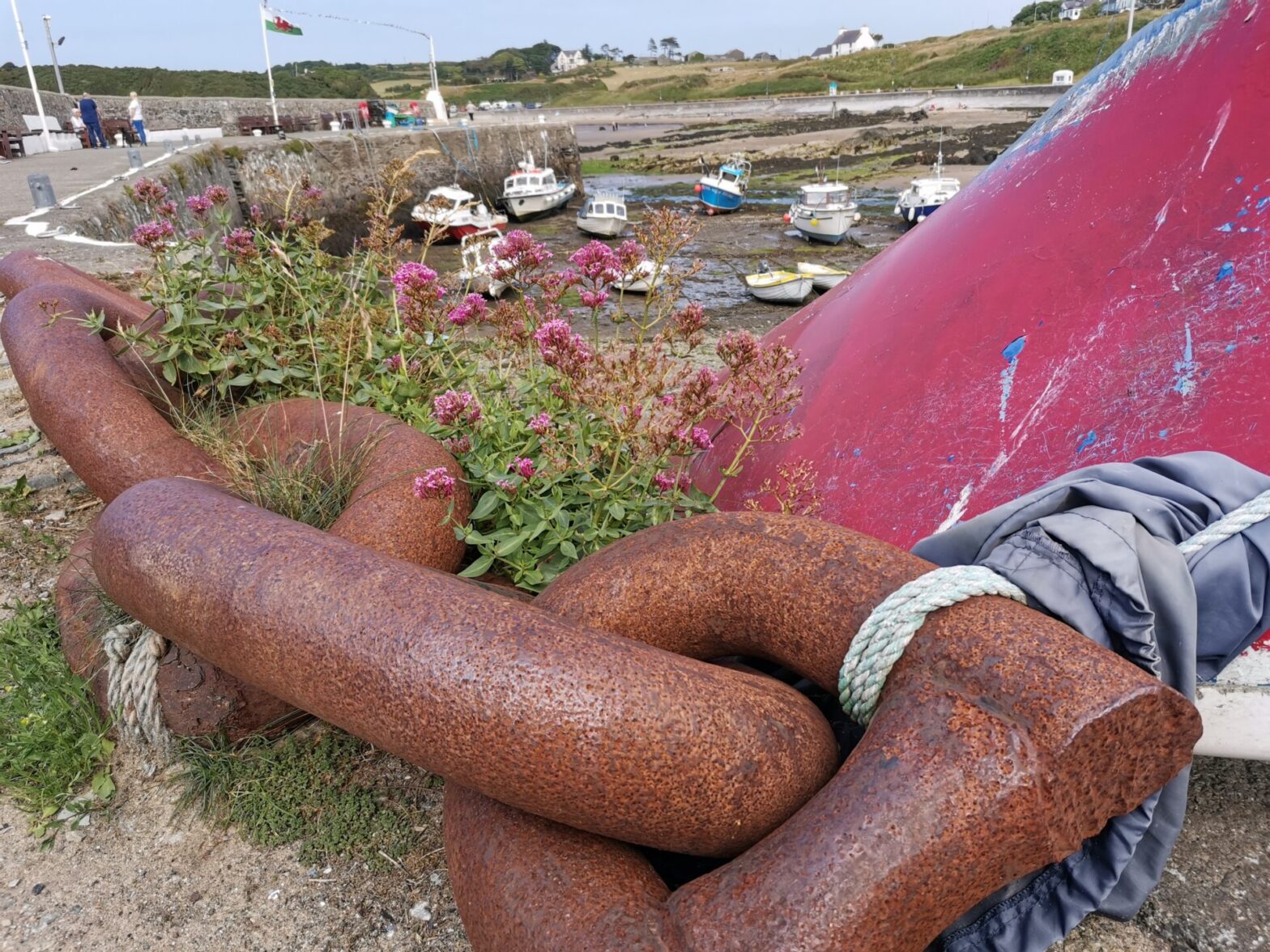We’ve been wanting to develop a guided bike tour, cycling from the pretty Anglesey village of Cemaes for a while, and have finally launched the route! As a theme, we’ve selected ‘Salty Tales for Cyclists’, as Anglesey, it’s people and history have been bound to the sea, and this tour provides the excuse to share some tales from Anglesey’s seafaring history!
We’ll be cycling some fourteen gently undulating miles, not necessarily hugging the coast all the time, but with enough sea views, and beginning and ending at Anglesey’s most northerly community.
“The sea unites, the land divides”
Before the development of the modern road network, cross-country travel was, at best, slow and uncomfortable, and presented its own dangers. The sea, on the other hand, could provide the clearest and quickest transport routes. Anglesey’s location also made the island a strategic land and sea-route to Ireland, and Dublin remains our closest capital city!
While people were always involved with the sea for transport, fishing and commerce, most seafaring was relatively local. It wasn’t until the Eighteenth century that shipping and shipbuilding began to grow as an important industry and employment for the island and her people.
Take a look at our Guided Bike Tours now!
There were interlinked global and local reasons for this. On a global scale, the growth in transatlantic trade, of the British Empire, of global commerce and the growth of a British Navy proved a constant need for manpower, however sourced. Closer to home, Parys Mountain copper mine grew to become the world’s largest source of copper ore. The need to export the ore to be smelted elsewhere proved the impetus for the growth of a local shipping fleet, locally built and crewed by local sailors and Captains. The exponential growth of Parys Mountain copper mining changed the economy and communities of north east Anglesey and was to give a foretaste of how the industrial revolution would change the face of industry and of communities across Wales. A revision of our perception of history is also outlining the role played by copper goods in the slave trade.
Anticipating the RNLI
On this Tour we will cycle to Cemlyn, the site of the first lifeboat on Anglesey, a precursor of the RNLI. The need to establish a means of saving lives at sea grew from an increasing humanitarian desire to improve the survival chances of those shipwrecked near land. These came hand in hand with legislation to improve safety on ships, in an attempt to reduce numbers of those lost at sea in mid-ocean.
Piracy and smuggling- when and why?
When we think of life at sea, we often hark-back to an earlier time and think of pirates and smugglers, we’ll be having a closer look at what might have been happening.
This wasn’t a time with a strong ‘state’ able to monitor borders, neither was it a time when you got what you needed from the local supermarket. Sometimes some of the goods brought in – without paying taxes, were goods that communities needed, and which were not available locally. We’ll also hear differing views from first-hand witnesses, and think about how attitudes and society changed to bring piracy and smuggling to an end.
However deep your interest in local history, you’re guaranteed a lovely rural cycle ride, with great sea views!




